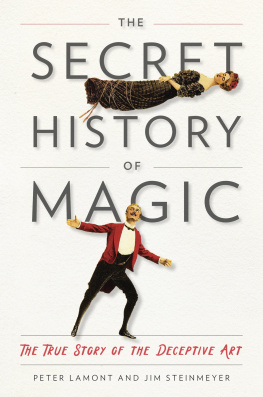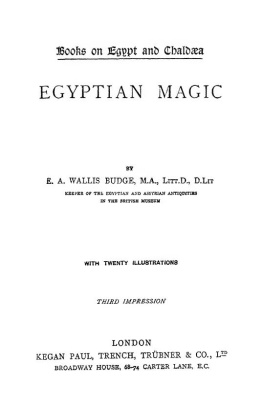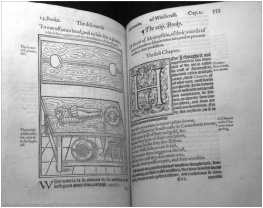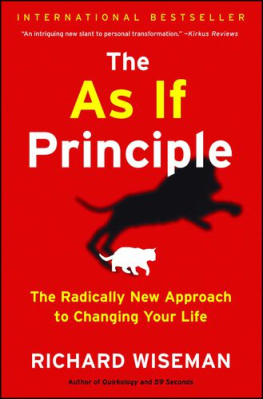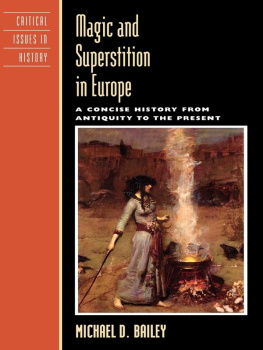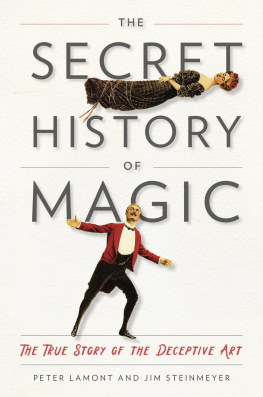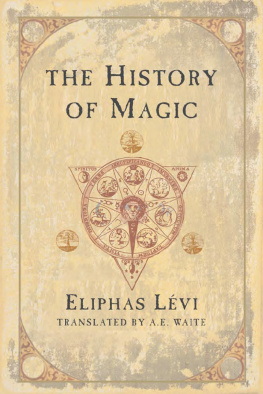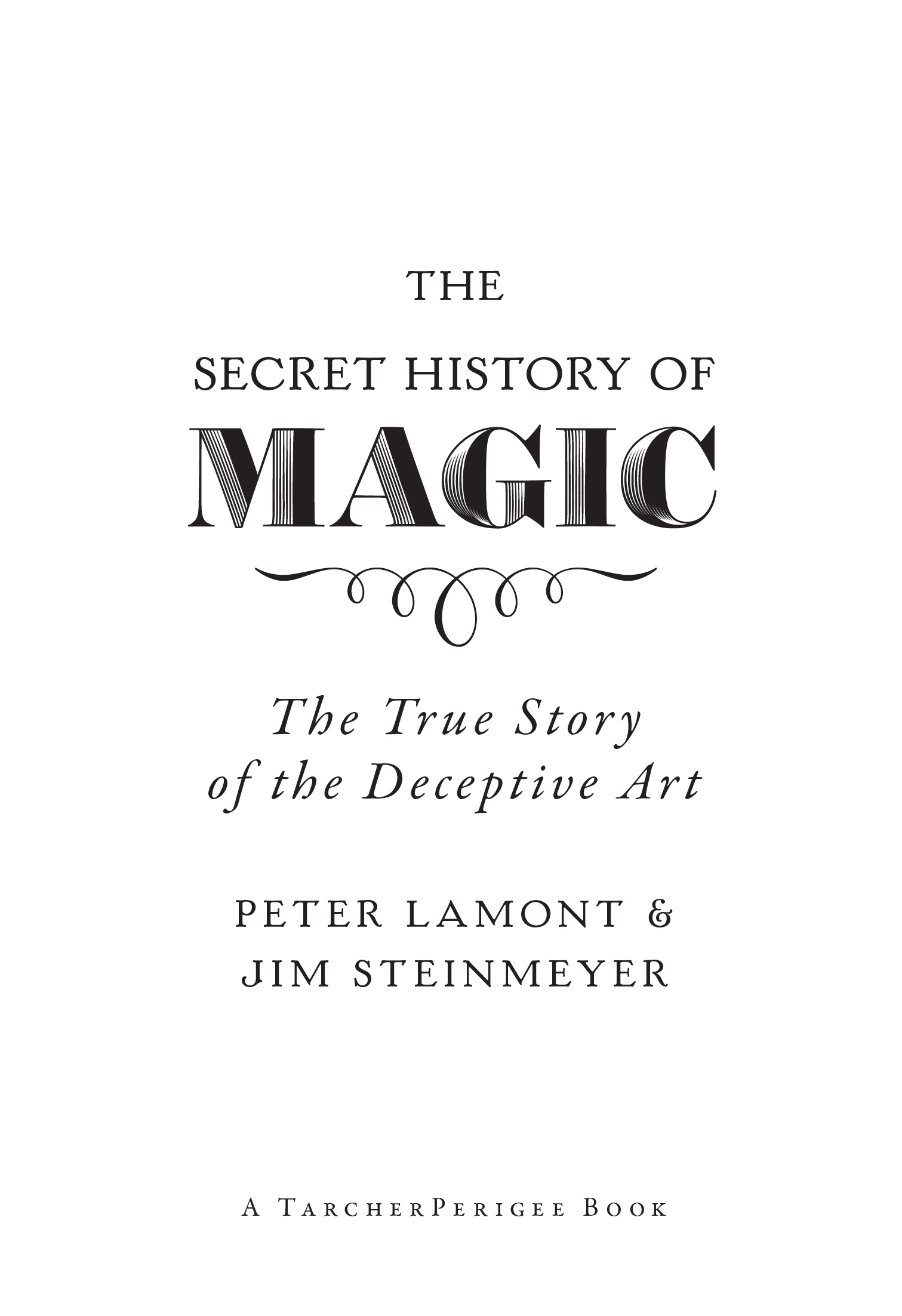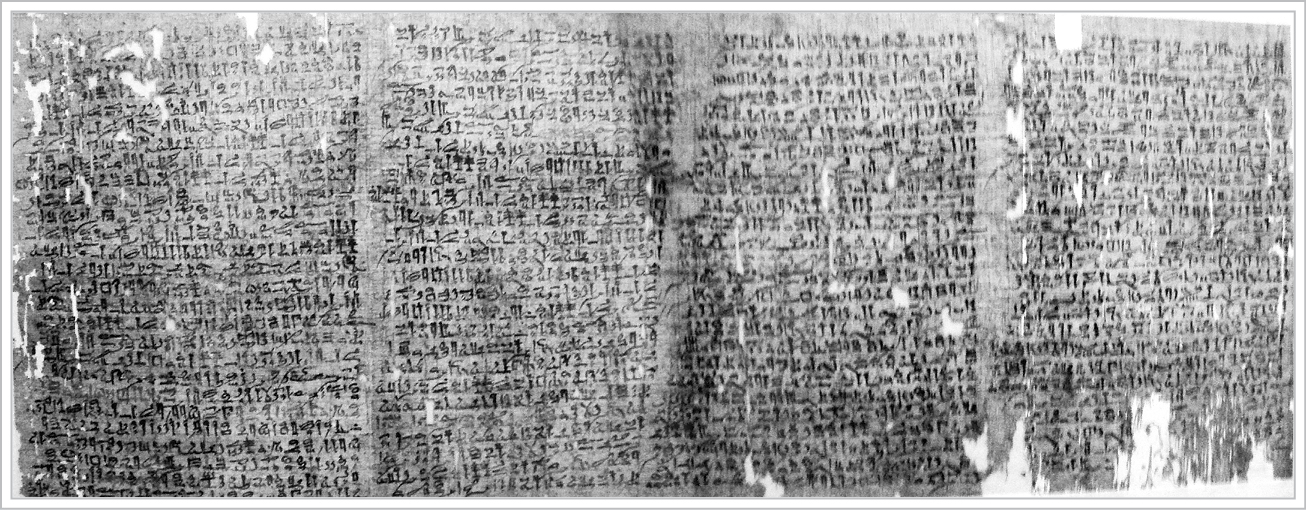
An imprint of Penguin Random House LLC
375 Hudson Street
New York, New York 10014
Copyright 2018 by Peter Lamont and Jim Steinmeyer
Penguin supports copyright. Copyright fuels creativity, encourages diverse voices, promotes free speech, and creates a vibrant culture. Thank you for buying an authorized edition of this book and for complying with copyright laws by not reproducing, scanning, or distributing any part of it in any form without permission. You are supporting writers and allowing Penguin to continue to publish books for every reader.
Illustration credits appear on page 355.
TarcherPerigee with tp colophon is a registered trademark of Penguin Random House LLC.
Library of Congress Cataloging-in-Publication Data
Names: Lamont, Peter, author. | Steinmeyer, Jim, 1958 author.
Title: The secret history of magic : the true story of the deceptive art / Peter Lamont & Jim Steinmeyer.
Description: New York : TarcherPerigee, 2018. | Includes bibliographical references and index. |
Identifiers: LCCN 2018002632 (print) | LCCN 2018005903 (ebook) | ISBN 9781524704452 (ebook) | ISBN 9780143130635 (hardback)
Subjects: LCSH: Magic tricksHistory. | BISAC: PERFORMING ARTS / Theater / Stagecraft.
Classification: LCC GV1543 (ebook) | LCC GV1543 .L36 2018 (print) | DDC 793.8dc23
LC record available at https://lccn.loc.gov/2018002632
Version_1
To Professor Eddie Dawes, a true historian of the deceptive art.

C ONTENTS

P REFACE
W E ARE GOING to reveal some secrets. We are going to tell you the story of magic and explain what really happened. We wish to correct a few mistakes, but we also wish to tell a better story: a story that explains what magic has been, what it is, and why it matters.
However, there are many things that we are not going to tell you. We are not going to tell you about many of the conjurors who have been discussed by other historians. There are several conjurors who deserve a mention, no doubt, but they do not get one here. There are also a few centuries that we fail to discuss, and far too many countries. We have done what a magic audience does: we have focused on what seems important to us, and we have ignored what else is going on. We have done what historians do: we have told a particular story, not the whole story, about the past.
We do explain how some tricks were done, but competent magicians need not worry. The reason they need not worry, as it happens, is part of the story. It is one of the reasons why magic has survived. However, we have revealed some secrets because unless you have some sense of how magic works, you simply cannot understand what magic has been, what it is, and why it matters.
In any case, as you shall discover, the secrets of magic are not what you imagine them to be.

CHAPTER 1
O RIGIN M YTHS
A LONG TIME AGO , in ancient Egypt, there was a magician whose name was Djedi. On one particular day, Djedi was summoned to appear before the Pharaoh. So he went to the palace and stood before the Pharaoh. And he performed a miraculous feat with a goose.
He severed the head of the goose from its body. He placed the head of the goose on one side of the great hall and the body of the goose on the other side of the hall. He then uttered some magic words, and the body of the goose stood up. It began to walk toward its own head. The head and the body became reconnected, and the goose stood up and cackled at the Pharaoh. Djedi then proceeded to do the same thing with a long-legged bird. Then with an ox.
This, according to the historian of magic Sidney Clarke, is the earliest conjuring performance of which any record has come down to us.
In fact, the story is a myth. It appears in the Westcar Papyrus, which was discovered in the 1820s. The story is one of a series of five tales that describe miraculous deeds. Djedi himself is described in mythical terms: it is said that he is 110 years old and is able to consume five hundred loaves of bread, half an ox, and one hundred jugs of beer. He also promises to make it rain and predicts the birth of future kings. Beyond this romantic tale, there is little reason to believe that Djedi even existed.
The Westcar Papyrus. For almost a century, standard histories have cited the fable of Djedi as the earliest record of a magic trick.
Nevertheless, if you read a standard history of magic, this is how it begins. Historians are not trying to deceive you. This is not an attempt to conceal reality in order to create an illusion. Historians of magic, in certain respects, have been more like a magic audience. Sometimes we have not looked closely enough, or we have looked in the wrong place. Too often, we have listened to what magicians have claimed and believed too easily what we have been told. As a result, in the story of magic, things are not always as they appear to be. If you want to know what really happened, then you need to distinguish between myth and reality.
When you take a closer look, behind the unbelievable tales, you discover the more extraordinary truth. The real history of magic is a story of people from humble roots who traveled the world, made and lost fortunes, and deceived kings and queens. In order to survive, they concealed many secrets; yet they revealed some, and they stole others. They exposed the methods of mediums and psychics, and they pilfered those of rivals. They engaged in deception, exposure, and betrayal in an ongoing quest to make impossible things happen. And they managed to survive in a modern world of wonders by providing us with a unique kind of wonder.
First, however, we must begin the story, and we cannot begin with the antics of Djedi. After all, this story is fact, not fiction. So the first thing we must do is find a beginning, and if it is not Djedi, then where to start? As it happens, there has long been an alternative. The Westcar Papyrus was not translated for decades, until the end of the nineteenth century. By then, however, histories of magic had already appeared, such as Thomas Frosts The Lives of the Conjurors, which was published in 1876. Knowing nothing of Djedi and his resilient goose, Frost had to begin with a different trick. How, then, according to Frost, did the story of magic begin?
A LONG TIME AGO , in ancient Egypt, there were two men whose names were Moses and Aaron. On one particular day, they were summoned to appear before the Pharaoh. So they went to the palace and stood before the Pharaoh. And they performed a miraculous feat with a stick.

